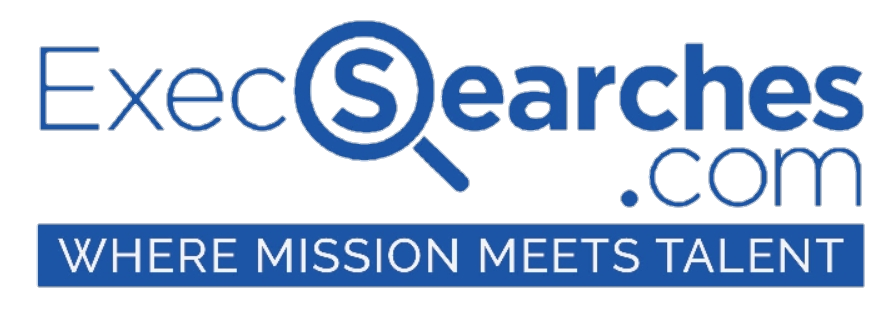You know the preparation lists that we have all seen. They urge candidates to be able to speak about their successes and failures, how they manage, how they have encouraged diversity, what they have done to ensure profitability or to secure long-term financial health of the organizations they lead. These are all legitimate questions. Many times, though, the responses to these tried-and-true questions leave us feeling unsure. Most good candidates are skilled at parsing the position description to know what we seek. Others will actually do research, calling friends, associates, and others in their network to find out what the position requires. Candidates prepare, over-prepare, and strategize about how to respond with exactly what we want to hear. How do you bypass the careful preparation and get to the core of how a person really thinks, manages, and leads?
Psychological tests, and there are many can provide clues. Myers Briggs is one of the best known. However, there are many more incredibly insightful tools. The Enneagram, for example, gives detailed summaries of personality types and how they are likely to solve problems and lead. But, even with this data, it can be difficult to predict how a particular leader will perform. Doing the homework helps for sure. But, even these tests can leave gaps.
Two practical, direct approaches I have seen work well are:
- Giving a prepared assignment for completion; and
- Asking the candidate to describe in detail how he or she organized and implemented and important project.
With the prepared assignment, it works best to use a situation the really needs solving at the organization. You may have to share important facts and figures. Your candidate may have to sign a Non-Disclosure or Confidentiality Agreement to access some of the information. Give the person a finite amount of time, like a day, to limit off-line consultation. How this person approaches the problem will tell you a whole lot about how they reason, think, and implement. This works particularly well if the role involves solving specific issues that have a quantitative element. This may not work as well if the scope of the problem exceeds qualitative elements. Then, you may have to rely on another approach.
During the interview, you might ask the person to describe how they solved an important issue, of broad scope, that would impact the organization as a whole. This is bound to include both quantitative and non-quantitative elements. Ask the candidate to briefly outline the problem and tell you exactly how they went about solving it. This will reveal:-
- Whom they consulted (or not).
- What data they relied on and whether they did research.
- Whether they delegated and involved direct reports.
- Whether they sought ideas from others.
- How they engaged staff (or not).
- How they interacted with the board (or not) as they resolved the problem.
- Whether they asked for help.
- Whether they did research.
- How they handled setbacks.
- Whether they framed success as their own or as an organizational “win.”
If any of these elements is fuzzy or unclear, you can ask direct follow-up questions that get to the core of the situation. By asking questions that flow from the person’s account, you will get lots of live data about how that person thinks and operates. This will be more valuable to you than any prepared responses might be. If the conversation is “real,” – and you can tell if it is – you will walk away knowing how the person organizes to succeed. You will also know whether or not this style will support what your organization needs at the moment.
Last updated on December 12th, 2021 at 06:12 pm


0 Comments